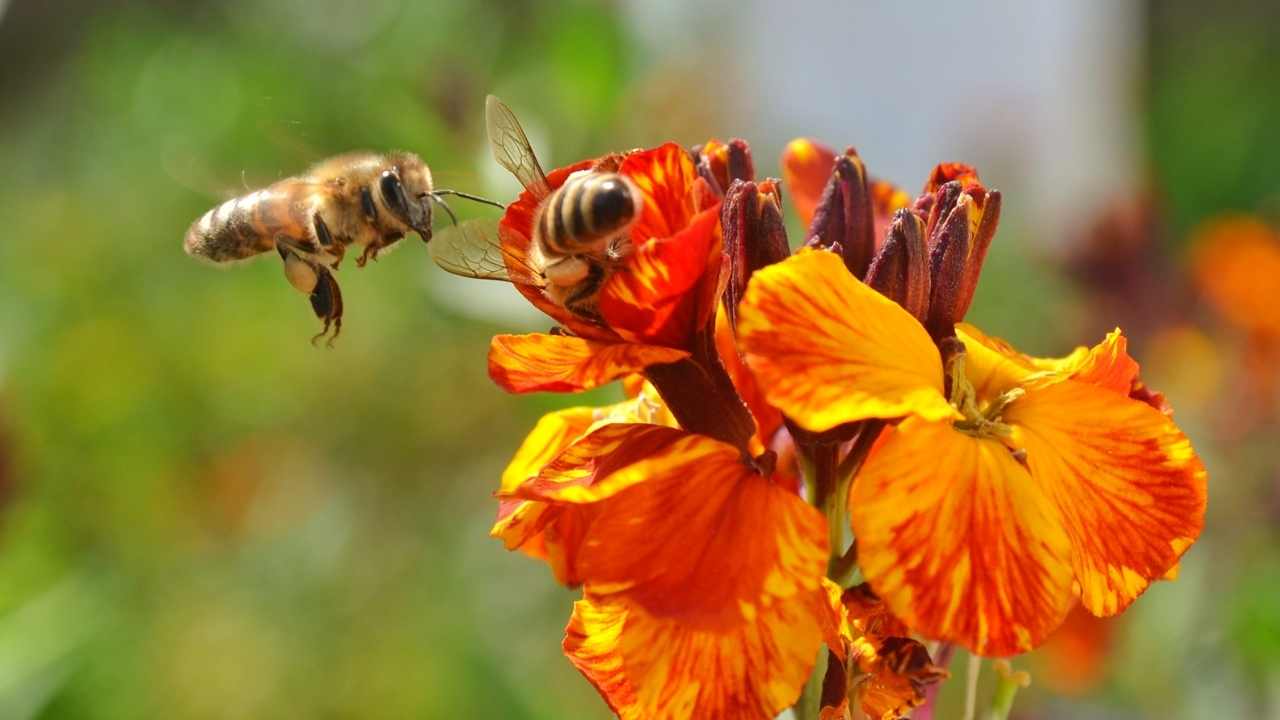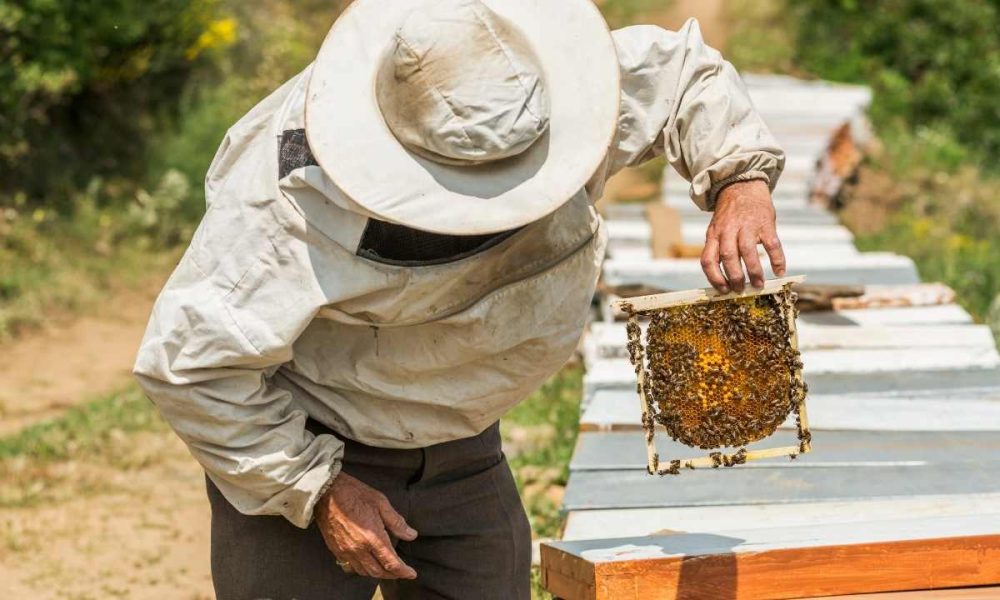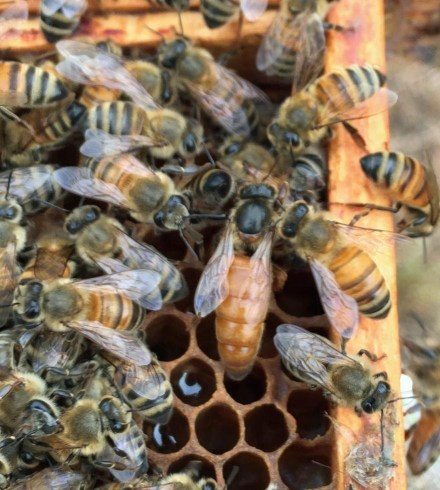
Are you ready to meet the superheroes of the insect world? Look no further than honeybees! These tiny creatures may seem insignificant, but they play a crucial role in pollinating our food crops and maintaining the balance of ecosystems. Without them, we would lose a significant portion of our food supply and face devastating consequences for both our environment and economy.
But not all honeybees are created equal. In fact, there are several different species with their own unique characteristics that make them fascinating to study. From the European honeybee to the Africanized honeybee, each type has its own distinct behaviors and tendencies that contribute to their survival. In this article, we’ll introduce you to these incredible insects and explore what makes them so special. So buckle up and get ready to dive into the world of bees!
Overview of the Importance of Honeybees
The significance of honeybees cannot be overstated, as they play a crucial role in pollinating crops and maintaining our delicate ecosystem. Honeybee pollination is responsible for one-third of the food we eat, including fruits, vegetables, nuts, and seeds. Without them, our food production would drastically decrease, leading to a shortage of resources and higher prices.
Honeybees are not only important for food production but also contribute to biodiversity by pollinating wildflowers. They are responsible for cross-pollination between plants which helps produce healthy seeds that can withstand disease and pests. Their role in maintaining the balance of nature makes them an essential species in our ecosystem. Now that you understand their importance let’s delve into an introduction to honeybee species and their unique characteristics.

Introduction to Honeybee Species
Get ready to discover some fascinating facts about the different types of honeybees out there! When it comes to honeybee identification, there are several species that exist in the world. The most common type of honeybee is Apis mellifera, which is widely used in beekeeping due to its ability to produce a large amount of honey. There are also other subspecies within this category such as Italian, Carniolan and Caucasian bees.
Beekeeping basics involve understanding the differences between these various species. For instance, Italian bees tend to be gentle and suitable for beginners while Africanized bees can be more aggressive and require experienced beekeepers. Additionally, each species has unique traits such as wing size and coloration that can help distinguish them from one another. By learning more about these characteristics, you’ll gain a deeper appreciation for the complexity and diversity of these amazing creatures. Now let’s dive into their unique characteristics!
Unique Characteristics of Honeybees
Ready to discover some fascinating facts about honeybees? This section unveils their intriguing features, including the fact that a single honeybee can visit up to 100 flowers in one trip! But what makes them so efficient at collecting nectar and pollen? It all comes down to their unique anatomy.
Honeybees have several specialized body parts that aid in their foraging. Their long proboscis allows them to access the nectar deep within a flower, while their hairy bodies help collect and distribute pollen between plants. Additionally, honeybees have two stomachs – one for storing nectar and another for digesting it – which allows them to carry large amounts of food back to the hive. But perhaps even more impressive than their physical abilities is the way they communicate with each other using dance-like movements and pheromones. Through these methods, honeybees are able to share information about food sources and navigate back to the hive with incredible accuracy.

As you can see, honeybees are truly remarkable creatures with many unique characteristics that set them apart from other insects. In the next section, we’ll explore some of the differences in behavior between different types of honeybee species.
Differences in Honeybee Behavior
You’re about to learn fascinating differences in how different types of honeybees behave, so get ready to explore their distinct behaviors. One major difference is in their foraging patterns. For example, Africanized honeybees have a tendency to forage earlier and later in the day than European honeybees. They also tend to be more aggressive when it comes to protecting their food sources.
Another significant difference is in their reproductive strategies. Bumblebees, for instance, have small colonies with one queen bee who will mate with multiple males before laying eggs. In contrast, honeybee colonies can contain up to 60,000 workers and are led by a single queen who mates only once before laying all the eggs she will ever lay. Understanding these behavioral differences can help us appreciate the unique characteristics of each species and better protect them from threats such as habitat loss and pesticide use.
Threats to Honeybees
Let’s dive into the threats facing these essential pollinators and what we can do to protect them. Honeybees are facing numerous threats that put their survival at risk. One of the biggest threats is pesticides impact. Pesticides are chemicals used to kill insects, weeds, and other pests that damage crops. Unfortunately, they also harm honeybees by weakening their immune systems, disrupting their navigation abilities, and affecting their behavior.

Another major threat to honeybees is colony collapse. This phenomenon occurs when the majority of worker bees in a colony disappear and leave behind a queen bee, plenty of food, and a few nurse bees to care for the remaining immature bees and the queen. The exact cause of colony collapse is unknown but it is believed to be caused by various factors such as parasites, viruses, stress caused by transportation or poor nutrition due to monoculture farming practices that limit access to diverse sources of pollen and nectar.
- It’s heart-wrenching to think about how our actions have led us down this path where one-third of all honeybee colonies in the US have vanished since 2006.
- We need more people who understand how important honeybees are for our food system and take action towards protecting them.
- The thought of losing these little creatures who work tirelessly every day just so we can enjoy delicious fruits and vegetables should make us all feel responsible for taking immediate action.
- Let’s not forget that without honeybees, we would lose not only an important source of food but also an integral part of our ecosystem.
As we come to a close on discussing threats facing honeybees let’s remember that these tiny creatures play an enormous role in maintaining biodiversity in nature while contributing significantly towards our food system. In conclusion and call to action for honeybee conservation section we will discuss ways through which individuals can contribute towards protecting these amazing pollinators.
Conclusion and Call to Action for Honeybee Conservation
Now it’s time for you to take action and become a crucial part of the solution in saving these vital pollinators before it’s too late. Conservation efforts are needed now more than ever as honeybee populations continue to decline. As we’ve learned, threats such as habitat loss, pesticide use, and disease have all contributed to this decline.
But what can you do to help? One way is by implementing bee-friendly practices in your own life. This includes planting native flowers and avoiding the use of pesticides in your garden. You can also support local beekeepers by buying their products and spreading awareness about the importance of honeybees. By taking these small steps, you can make a big impact on the conservation of honeybee species and ensure their continued survival for years to come.
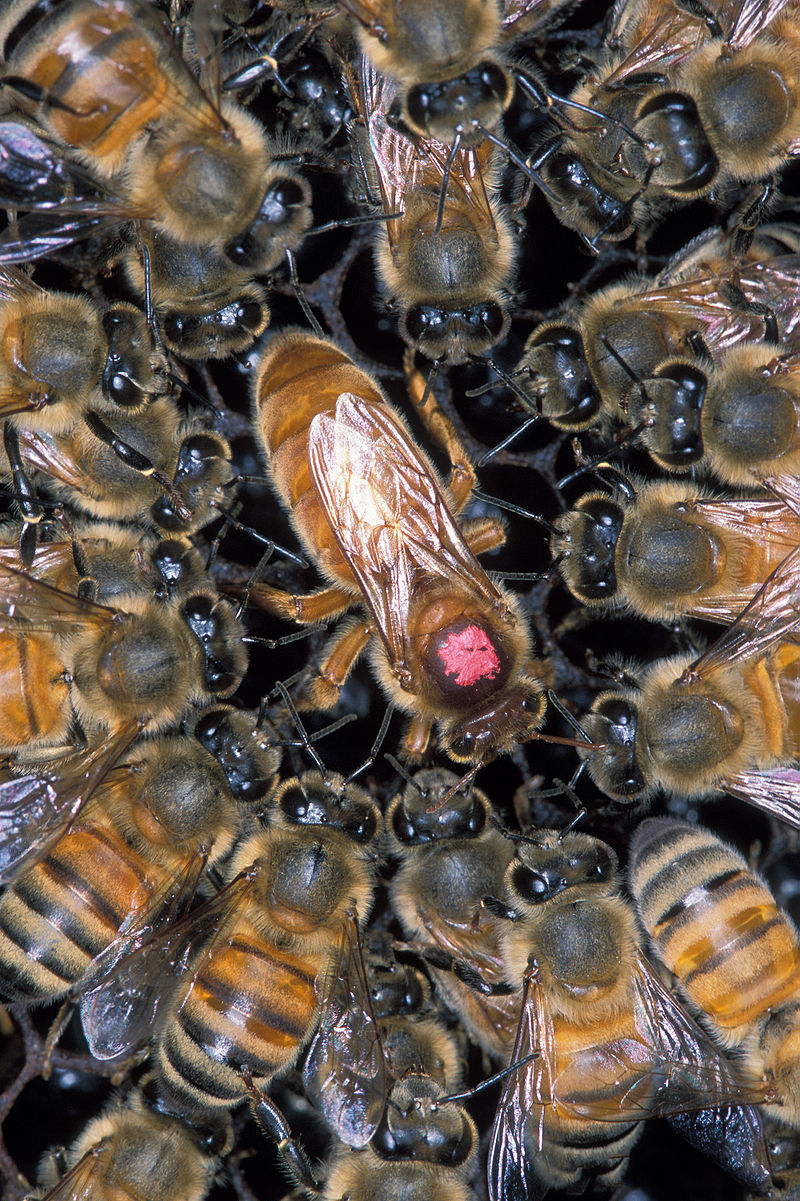
Frequently Asked Questions
How do honeybees communicate with each other?
Imagine you’re at a party with your friends. You spot someone across the room who you want to talk to, but they’re surrounded by people and it’s too loud to shout over. So what do you do? You might try making eye contact or gesturing for them to come closer. Honeybees have a similar problem when it comes to communication, but they’ve developed their own unique solution – the "waggle dance." This dance is used by worker bees to communicate important information about food sources and other resources back at the hive. There are different types of honeybee dances that convey different messages, but the waggle dance is perhaps the most famous. It involves the bee waggling its body back and forth while moving in a straight line, then circling back around and repeating the process several times. By measuring the angle of the bee’s movements relative to gravity, other bees can determine both the distance and direction of the resource being communicated about.
But dancing isn’t the only way that honeybees communicate with each other. Pheromones also play an important role in transmitting messages within a hive. Pheromones are chemical signals given off by individual bees that can be detected by others through their antennae. These signals can convey all sorts of information – everything from signaling danger or alarm to indicating which queen bee is in charge of laying eggs.
So next time you see someone across a crowded room, remember that even honeybees have their own unique ways of communicating effectively!
How do bees make honey?
To make honey, honeybees use their long tongues to collect nectar from flowers. This nectar is then stored in their stomachs and mixed with enzymes before being regurgitated into the cells of the hive. The bees then fan their wings over the nectar to evaporate excess water, which thickens the mixture into honey. Once enough honey has been made, beekeepers can harvest it by removing frames from the hive and extracting the honey using a centrifuge. Not only is this process important for producing delicious honey, but it also plays a crucial role in pollinating plants and ensuring food production for humans and other animals.
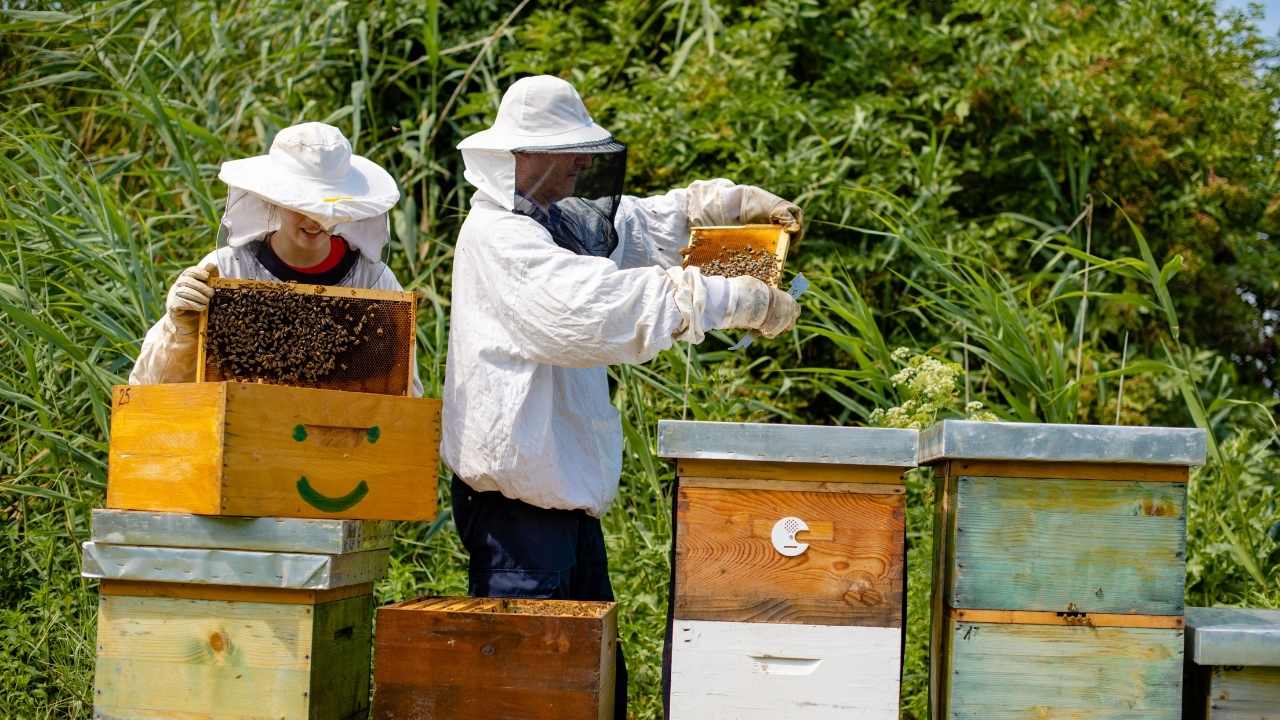
What is the average lifespan of a honeybee?
Honeybee lifespan is influenced by various factors, including the presence of predators, disease outbreaks, and weather conditions. On average, a honeybee’s lifespan ranges from several weeks to a few months. However, the queen bee can live for up to five years thanks to her special diet and reproductive role in the hive. Unfortunately, bee mortality factors have seen an increase in recent years due to pesticide use and habitat destruction. As someone who cares about serving others through environmental conservation efforts, it is important to understand the significance of honeybees in our ecosystem and work towards their protection.
How many eggs can a queen bee lay in a day?
So, you want to know how many eggs a queen bee can lay in a day? Well, let’s just say that if she was on the hit TV show "Extreme Egg Laying," she would definitely win. Queen bee reproduction is no joke, as these powerful ladies are capable of laying up to 2,000 eggs per day during peak season. That means they could potentially create an entire hive population within a few short weeks. But it’s not all about quantity over quality – the queen carefully selects which eggs to fertilize and which ones will become drones or worker bees. Hive population dynamics rely heavily on the queen’s reproductive abilities, making her one of the most important members of the colony. So next time you see a busy little honeybee buzzing around your garden, remember who’s really running the show – it’s all thanks to our mighty queen bee!
Can honeybees see in color?
Did you know that honeybees not only have vision, but they can also see in color? Honeybee vision plays a crucial role in their foraging activities, as it allows them to locate and identify flowers based on their color. However, the impact of environmental factors such as light intensity and flower shape can affect honeybees’ color recognition abilities. Despite this, honeybees are still able to effectively navigate their environment using their keen sense of sight. As a beekeeper or someone interested in these fascinating insects, understanding honeybee vision is an important aspect of caring for and learning about these unique creatures.
Conclusion
Congratulations on completing this comprehensive introduction to honeybee species and their unique characteristics! You now have a greater understanding of the importance of honeybees, the different types of honeybees that exist, and what sets them apart from one another.
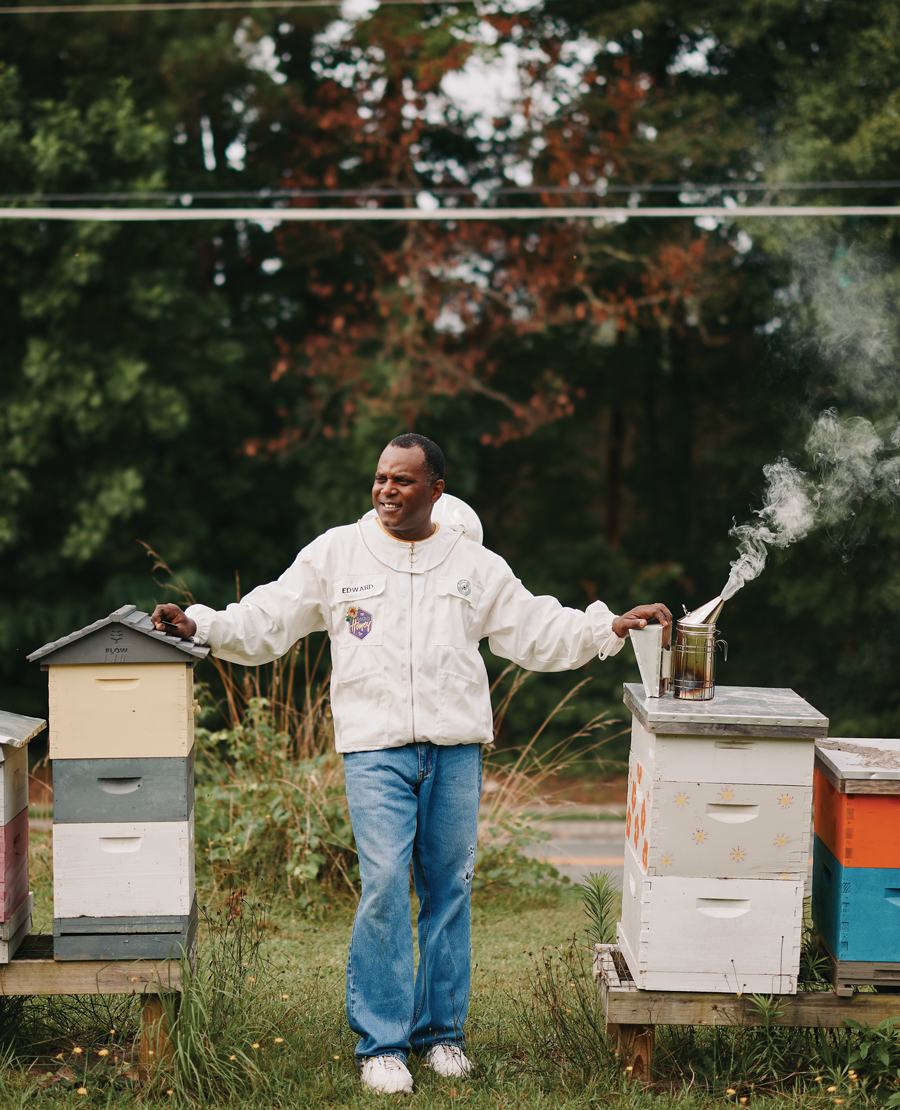
One interesting statistic to note is that honeybees are responsible for pollinating approximately one-third of all crops worldwide. This means that without bees, many fruits, vegetables, nuts, and seeds would not be able to grow. In fact, it is estimated that if all bees were to disappear tomorrow, it would cost the global economy over $200 billion per year.
It is clear that protecting honeybees should be a top priority for us all. Whether it’s by planting bee-friendly flowers in your garden or supporting local beekeepers by purchasing their products, there are many ways you can make a difference. By taking action now to support these vital pollinators, we can ensure a healthy future for both ourselves and the planet as a whole.

Hello! My name is Noel Calvin. I graduated from UCLA and now work as a writer at Launch Ninjas. I write blog posts that inspire and guide our readers in their entrepreneurial pursuits. I live in Pleasantville, NJ, with a peaceful yet lively atmosphere that inspires me.
Writing stories is more than just a job for me. It allows me to share my observations and satisfy my curiosity about the world. I combine my analytical skills with creative enthusiasm to delve into technology trends and startup stories. But my life isn’t limited to screens and keyboards. I value loyalty, passion, and a touch of old-fashioned charm, which I infuse into every narrative I create.
I love spending time in my garage, jamming with my band when I’m not writing. Playing the guitar and singing bring me immense joy. I also enjoy capturing ordinary and extraordinary moments through my camera lens and exploring new culinary adventures that excite my taste buds. I’m always seeking new experiences.
My family is very important to me. Joyful Sunday brunches filled with laughter and intense board game nights keep me grounded, reminding me of life’s simple pleasures.
In my world, every moment is an opportunity for discovery. Every discovery is a story worth sharing, whether a heartfelt moment at home or the pulse of technological innovations. Join me as I navigate through life, one blog post, one guitar strum, and one heartwarming family dinner at a time.
